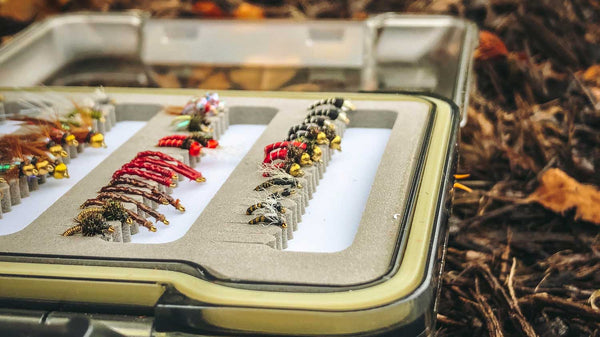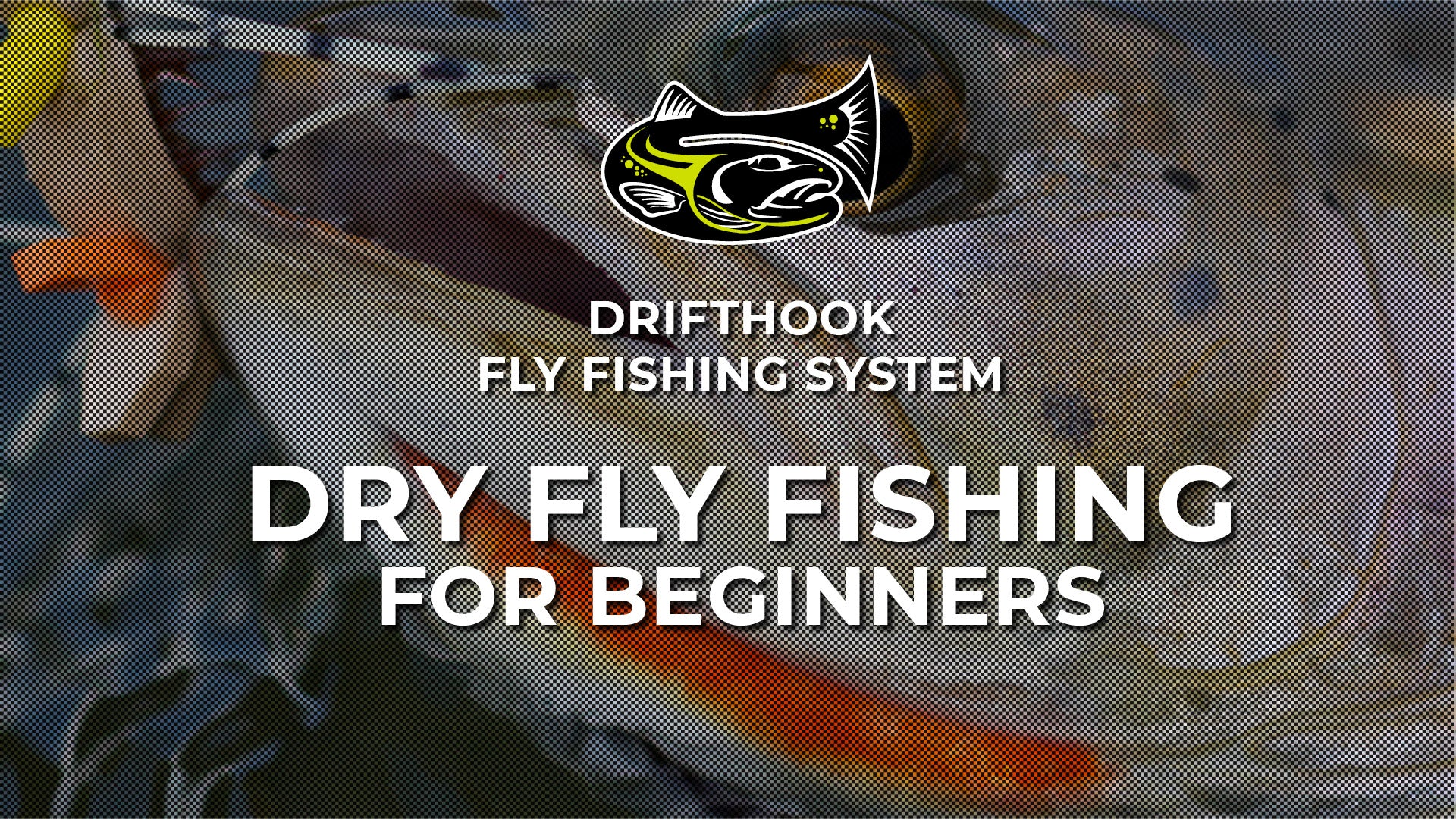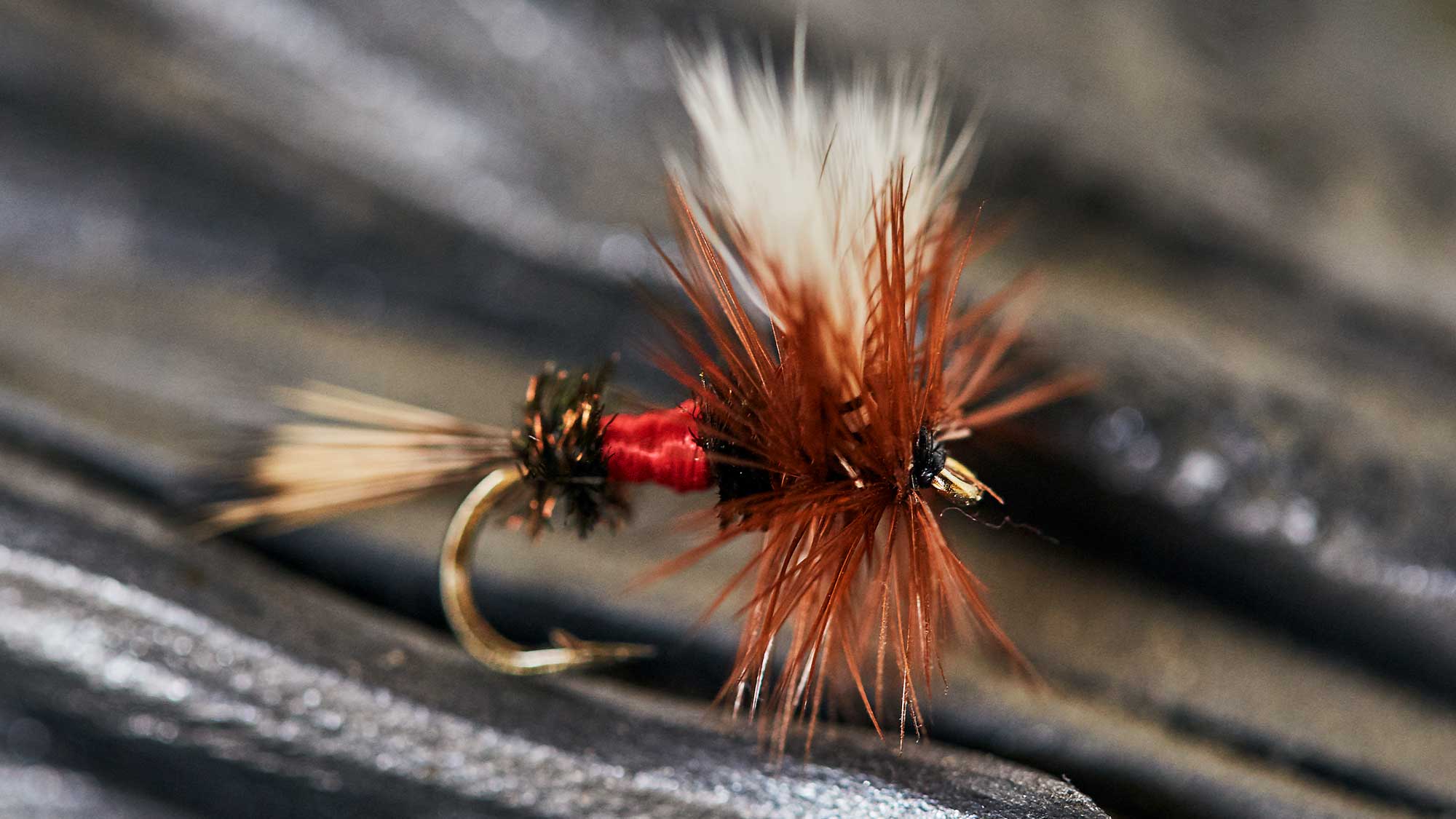
Are you investigating fly fishing gear prices? If so, you need to read this post. It gives you information on kit pricing, features, and what to consider before parting with your money.
Mid-range fly fishing kits typically cost between $300 and $500. These sets include all the basics, such as rod, reel, flies, and leaders. If you are new to the sport, you may also consider an additional budget for other essentials, including fly fishing waders, wading boots, and a net. You are bringing the total price for a medium-quality set up to between $650 to $850.
There’s more you need to know about the costs of fly fishing gear than merely the upfront price, though. As with any hobby, you can spend a lot or very little, depending on your circumstances, including your level of experience and requirements of your local fishing spots. Read on to learn more.

In general, you can segment the price of fly-fishing gear into three categories: entry-level for those just starting, mid-range for people who like to regularly go fishing on the weekend, and premium for anglers who are serious about having the best gear for the job.
Before we discuss prices, we should note that one of the original objectives of fly fishing was to enable people to indulge in angling at a relatively low cost. There’s no need to buy a boat for fly fishing, making this one of the most accessible hobbies around, no matter how much money you earn.
 Entry-Level Fly Fishing Kits
Entry-Level Fly Fishing Kits
Entry-level fly fishing kits tend to cost between $100 and $300. Typically, they’re marketed as “beginner kits” and mostly aimed for those who might never have been fly fishing before. They include rods, reels, leaders, and flies - and often come with a handy case to keep everything safe and organized.

Mid-range Fly Fishing Kits
Mid-range fly fishing kits tend to occupy the $300 to $500 price range and generally provide sturdier materials are more accessories. Kits at this price point may come with dozens of individual flies and leaders, all arranged neatly in a decent quality case.

Premium Fly Fishing Kits
Premium kits at the top of the range typically cost more than $500. At this level, you can go all out and spend thousands of dollars on fly fishing gear, with some brands, such as Sage, Scott, G-Loomis, and Orvis, selling single products up to the $1,000 mark. These high-end sets offer the best materials and slickest reels, setting them apart from the rest. And they are for people who want the best for there fly fishing experience, including professionals.
None of these prices, however, include the other pieces of kit you’ll need if you want a reasonable fly fishing experience.
Additional Fly Fishing Equipment
Waders
Waders are waterproof pants/overalls that keep you dry while fishing - start at around $35 for the least expensive. Simms - a famous brand - sell waders that cost as much as $800.
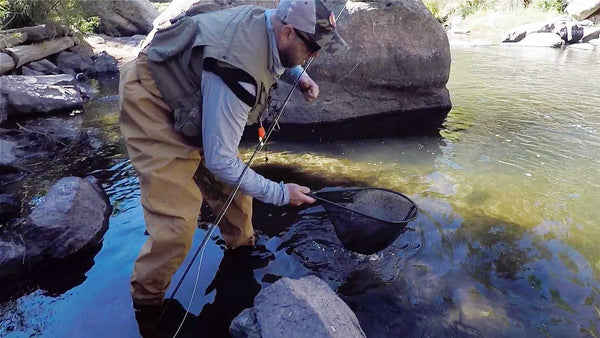
Wading Boots
Wading boots start at around $50 and go as high as $250, again with brands like Simms pricing at the premium end of the market.
Rain Jackets
A rain jacket for fly fishing will set you back anywhere from $50 for the cheapest to $500 for the most extravagant.

Fly Fishing Hat
If you’re fly fishing in the summer, you’ll also need a fly fishing hat, setting you back anywhere from $10 to $80.

Polarized Sunglasses
When fly fishing you need to protect your eyes, polarized sunglasses are a must, setting you back between $20 and $300 for a non-prescription pair.
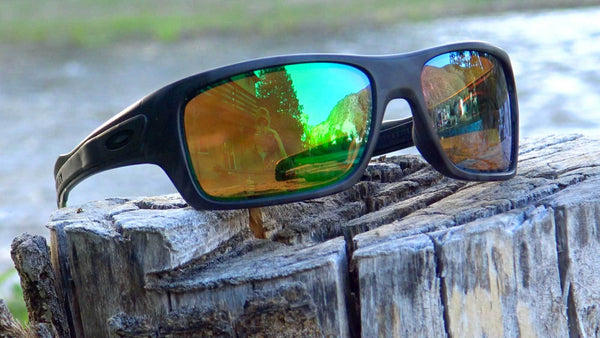
Vest, Sling Pack or Hip Pack
Many fly fishers also like to wear hip packs or sling packs to hold their equipment. Simms, Patagonia, and Fishpond sell bags in the region of $40 to $200. Filson Fishing offers a pack for around $300.

That just about wraps up all the “essential” fly fishing wear you’ll need. Adding up all the cheapest options, you can probably get everything you require for a fly fishing expedition for around $300. Check out our previous article on getting started for under $300 Bucks here.
Just as with the basic rod and reel, it is easy to spend a lot of money on accessories. If you're only just starting, though, it probably isn’t worth the cost - at least, not yet.
We haven't included other items above that you might want to take with you on a trip. Such additional items such as sunscreen, insect repellent, camera, binoculars, flashlight, water bottle, and your non-fishing attire.
The reason for this is that while many of these items are essential, they're not exclusively for fly fishing expeditions, so you may have many of them already knocking about at home. If you don't, then obviously you'll need to factor in these costs when working out how much your new hobby will set you back. Just add the price of these items to the fly fishing-specific gear you plan to buy.

What Do You Need For A Functional Fly Fishing Kit?
The prices quoted above are for complete fly fishing kits, not just those that contain the flies themselves. A basic fishing kit should include:
- Fly fishing rod
- Fly Reel
- Flies and Fly Kits
- A fly box
- Fly lines
- Weights
- Tippet
- Indicator
You'll need to buy other gear for fly fishing separately, such as waders, fly fishing hats, and rain jackets. Sometimes brands sell "fly fishing kits" that only provide flies in a fly box - no rods or reels. These are considerably less expensive, with mid-range options costing anywhere from $70 to $120. These are a good option for people who already have suitable rods and reels at home. These kits are great if you are looking to improve your fly fishing game by choosing the appropriate fly for your fly fishing adventure.
Is Fly Fishing Expensive Compared To Other Hobbies?
While the prices might seem high to those who have never done any fly fishing before, they are reasonable when you consider the expenses associated with other hobbies, like golf or boating. Average annual dues at golf clubs, for example, can run anywhere from $1,000 to $5,000 per year. The price of golf clubs and accessories can often cost more than $1,000, making initial set up fees much more costly.

Boating is even more expensive, especially if you plan on servicing and running your boat. Owners can easily spend over $5,000 per year on permits and maintenance - and a heck of a lot more on the ship itself.

What about snowboarding? The average cost of a decent snowboard is anywhere from $300 to $400. If you don't have boots, goggles, and a good waterproof jacket suitable for Alpine conditions, then expect to shell out another $500 to $1000. And this is before you buy your annual season pass.

If you like hunting, that's also much more expensive than fly fishing. Good quality rifles typically cost in the region of $500. On top of that, you'll need a scope, usually around $300, and a ready supply of ammunition. You'll also have to travel to your hunting locations both nationally and internationally, spending many hundreds of dollars on travel, food, and accommodation on every trip.
Fly fishing, therefore, has remained true to its roots as an inexpensive hobby anyone can do at any time. You don’t need thousands of dollars in the bank to afford it, and getting started can cost as little as $300 if you make smart gear choices.
How Much Should You Spend On Fly Fishing?
While you can get started with fly fishing for trout fish on a local lake or river for comparatively little money, $300 is a decidedly low budget. It might serve you well, but it could also leave you disappointed.
How much you spend on fly fishing depends on what you want to get out of it. If you’re a beginner, there are several reasons why you’ll want to start with the cheapest gear.
First, you may decide after a couple of sessions that fly fishing isn't for you. We recommend that you get familiar with the sport by checking out our free online tutorials here before giving up. But if you still are not sold on the excitement of fly fishing, you haven't spent an enormous sum of money on a hobby that you will no longer pursue.
 Second, even with the help of the best blogs in the world, it is often difficult to know precisely what kit you need. It’s best, therefore, to start small and then add items as you learn more. Usually, you need to try rods out for yourself before you understand which models suit you the best.
Second, even with the help of the best blogs in the world, it is often difficult to know precisely what kit you need. It’s best, therefore, to start small and then add items as you learn more. Usually, you need to try rods out for yourself before you understand which models suit you the best.
Finally, starting with cheaper equipment helps you better appreciate the best rods and reels if and when you decide to upgrade. Buying the best gear is a treat - something that you can look forward to in the coming seasons.
If you're a more advanced angler, then you may want to spend more on your fly fishing gear. Higher quality rods tend to last longer, have better reel mechanisms, and are lighter than their cheaper counterparts. These features make them ideal for the weekend warrior who regularly travels for fly fishing. These are also great for the person who prefers to go on all-day excursions and doesn't want something substantial weighing them down.

What’s The Difference Between Entry-Level And Premium Fly Rods And Reels?
By now, you might be wondering whether there are any substantive differences between cheap and expensive fly rods. It turns out that there are.
Take aesthetics and presentation, for instance. Low-cost rods, mostly manufactured in the Far East, usually come in cloth sacks - not rigid containers. They also use stickers for branding (instead of anodized metal). The handle and butt-section of these rots typically use cheaper materials - usually wood - instead of alloys or carbon fiber.
Mid-range fly rods utilize more advanced materials and are often made by the big brands that have experience in ensuring that they line up all the guides correctly. Thus, you get a much more consistent and user-friendly experience. Furthermore, the rods themselves have attractive embellishments, such as gold anodized metal and cork handles.
At the high end, aesthetics improve dramatically. Many custom-built rod makers let you choose specific designs and tailor the rod to offer custom molding for the reel to sit in the reel seat, ensuring that all your kit works together perfectly.

Is There Any Difference Between High-End and Low-End Rods When it Comes to Fly Fishing?
It depends on how sensitive you are to differences in the feel of the rods. High-end rods tend to cast lines more accurately and feel more responsive while in the water. People with a lot of experience of fly fishing, therefore, can often feel the difference compared to, say, a cheap rod imported from China. During casting the line, the end of premium rods stops moving more quickly than entry-level varieties, providing a firmer, faster feel.

The difference in feel between an entry-level rod priced at, say $50, and a mid-range rod priced at $150 will be larger than the difference between a mid-range rod at $150 and a premium, custom rod at, say, $500. As with so much sports equipment, most people run into diminishing returns. The more money you spend, the less improvement you notice in the rod.
Fly fishing reels run the same spectrum. You can get in the game as low as $40 and spend up to $1500 depending on the brand and quality of your reel. Most of the reels these days have well-made drag systems that are all sealed to keep out dirt and debris. Where you are spending the money is on finishing. Would you like yours with Diamonds or Gold?

How To Shop For A Fly Fishing Gear
Shopping for a fly rod can sound complicated. Still, you can break down your selection to make your buying decision easier.
First, start by picking your Rod Weight.
You can determine your rod weight by deciding what type of fish species you are going to target. If you fishing for trout, you might only need a 3 to 4 weight rod. If your fishing for Pike or Steelhead, you might want to start at 7 or 8 weight rod. Check out this chart to decipher what weight of rod do you need.
| Panfish | 0 to 4 weight |
| Small trout | 0 to 4 weight |
| Grayling | 3 to 5 weight |
| Mid to Large-size trout | 4 to 6 weight |
| Smallmouth Bass | 5 to 8 weight |
| Largemouth Bass | 5 to 9 weight |
| Carp | 6 to 10 weight |
| Steelhead | 7 to 9 weight |
| Salmon | 8 to 10 weight |
| Northern Pike | 8 to 12 weight |
| Muskie | 8 to 12 weight |
| Bonefish | 7 to 9 weight |
| Redfish | 7 to 9 weight |
| Striped bass | 8 to 12 weight |
| Peacock bass | 8 to 12 weight |
| Golden Dorado | 8 to 12 weight |
| Tarpon | 10 to 12 weight |
| Sailfish and marlin | 14 weight |
Next, choose the length of your rod.
Fly rods typically come in a variety of different lengths, depending on the purpose.
If you’re planning on fishing in smaller rivers and streams, you’ll want to opt for six to eight-foot rods. These are long enough for casting, but short enough to allow you to cast accurately.
If you’re planning on fishing on larger bodies of water, then choose a rod between 8 and 10 feet. These rods allow you to cast your line further away from the shore when you have space, but you lose some precision. In open water, however, your throw doesn’t need to be so accurate, making this a viable option for most people.

If you’re just a beginner, you might want to opt for a medium-length rod until you know more about which kind of fly fishing you enjoy the most.
I like to fish a 9ft six weight rod. Because I want to target trout species in Colorado, this size and weight can handle the large trout as well as cast delicate dry flies in smaller creeks.
Choose a Great Set of Flies
When looking for flies, look for quality kits that contain between twenty and forty pieces. While $20 can get you started, most people spend between $50 and $100 to get the right amount of flies for them to be successful on the water.
The best fly fishing kits provide you with flies that fish are specific to what species you are targeting. They also give you an excellent assortment to cover you for any given time of the year. Having a wide range of different flies to cater to the unique eating preferences for each type of fish you might want to catch helps too.
If you want to get into trout and steelhead fly fishing check out our selection here.

About the Author
Matthew Bernhardt, a third-generation Coloradan, grew up at the forefront of the state’s fly-fishing revolution, enjoying time on the water, side by side with experienced guides and lifelong anglers.
By combining his passion for fly-fishing with input from other experienced fly-fishers and guides and his fine arts degree from Colorado State University, Matthew spent five years carefully developing the Drifthook Fly Fishing System, built to help every angler catch more trout.
When he’s not spending time with his wonderful family, you’ll find him out on the water catching MONSTER trout, and he anxiously looks forward to the day when his kids are old enough to join him there.


 Entry-Level Fly Fishing Kits
Entry-Level Fly Fishing Kits
